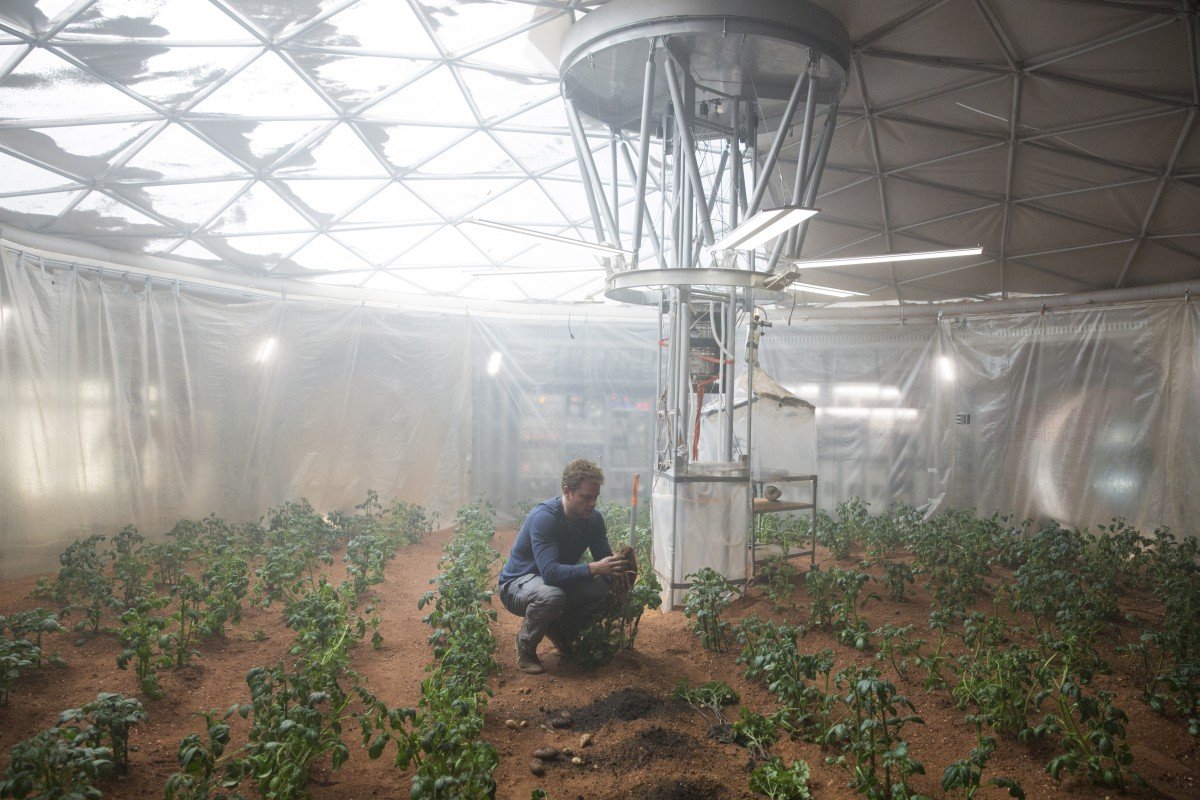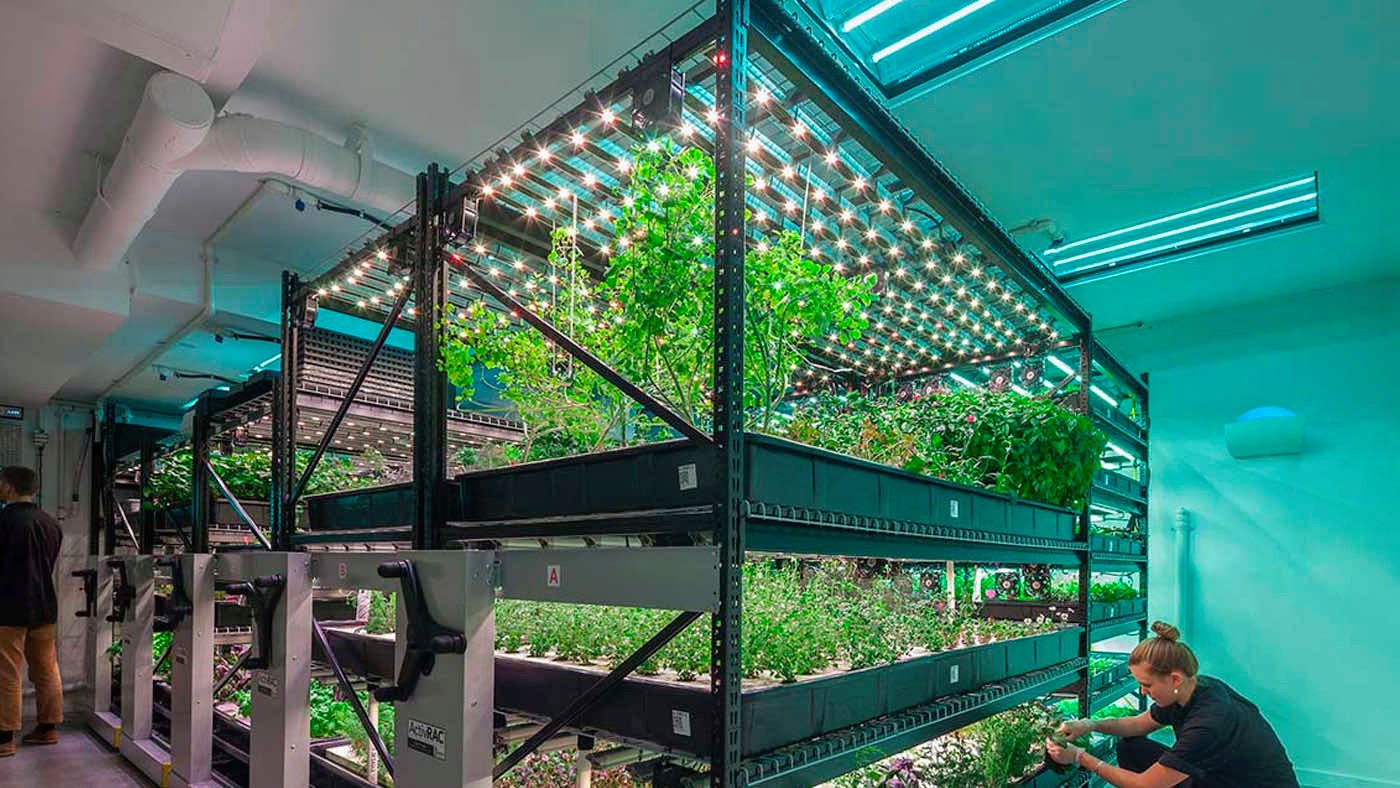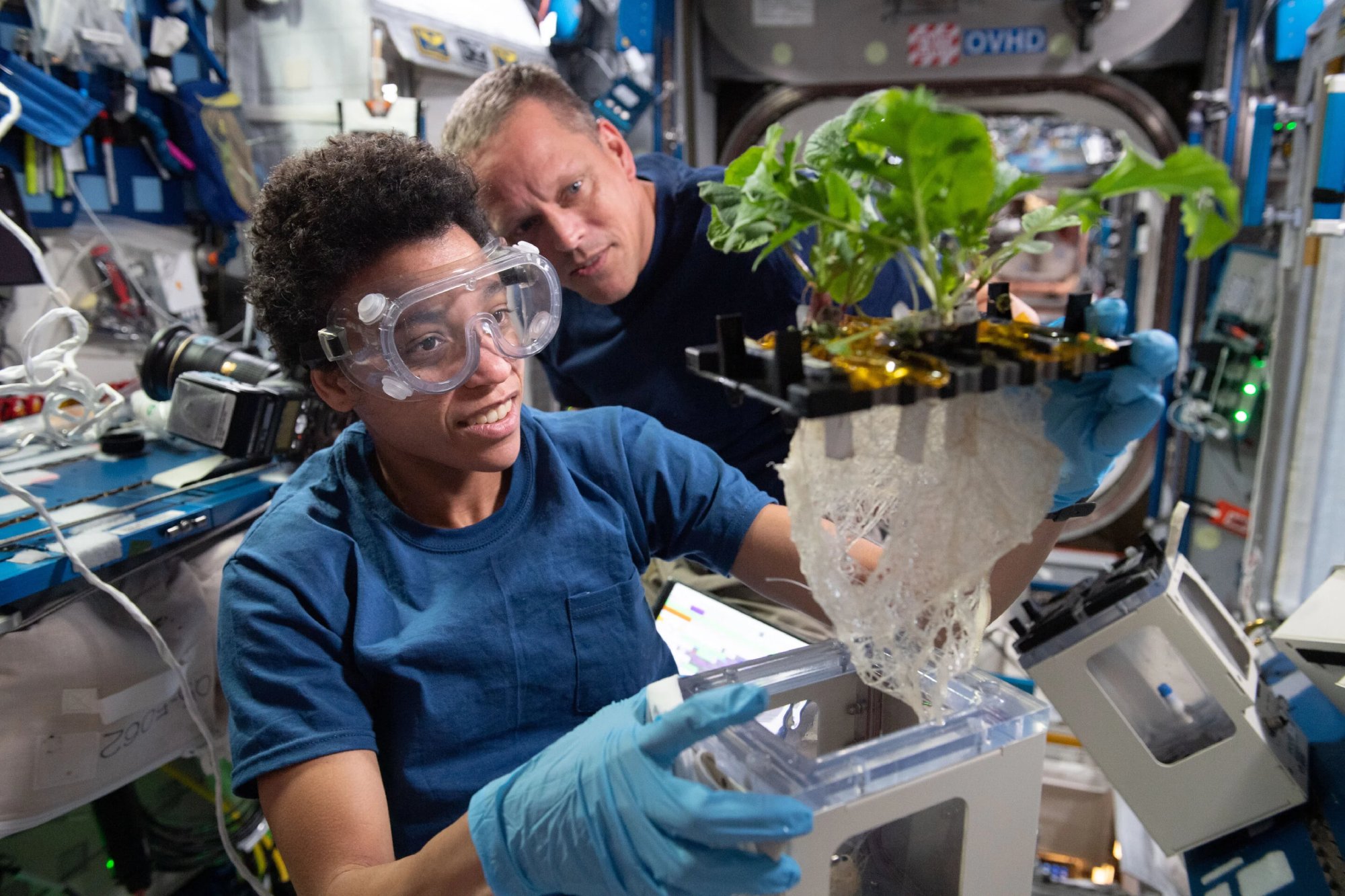As we get ready for long space missions to the Moon, Mars, and beyond, a major challenge is making sure we have enough food. Relying only on pre-packaged meals isn’t a good long-term choice. They have storage limits, can lose vital nutrients, and eating the same food for too long can affect your mood. Scientists are creating space farming tech. This will help astronauts grow their own food.
Knowing how astronauts grow food in space is key. It helps create sustainable life support, reduces reliance on Earth, and boosts crew health. Growing plants in microgravity has many challenges. These include water distribution, soil alternatives, limited space, and radiation exposure.
This article looks at the challenges of growing food in space. We’ll discuss new space farming technologies and what sustainable agriculture might look like beyond Earth.
The Science of Space Farming
How Do Plants Grow in Microgravity?
On Earth, plants rely on gravity to direct their roots downward and their stems upward. However, in space, the absence of gravity alters plant growth patterns. Without gravity, water and nutrients behave differently, making traditional farming methods ineffective.
Key challenges include:
- Water Distribution: In microgravity, water forms floating globules instead of soaking into soil. Specialized watering systems, such as capillary action-based irrigation, are needed to ensure even hydration of plant roots.
- Lack of Soil: Traditional soil is not practical for space farming due to its weight and messiness. Instead, astronauts use hydroponic and aeroponic systems, where plants grow in nutrient-rich water or mist.
- Light Requirements: Plants require specific wavelengths of light for photosynthesis. LED technology is used to provide tailored light conditions for optimal growth, mimicking natural sunlight.
- Carbon Dioxide Levels: Higher levels of CO₂ in space stations can both benefit and stress plants, requiring careful regulation of the atmospheric composition to promote healthy plant growth.
Understanding these factors is crucial for designing efficient space farming technology that supports long-term space missions.
Technologies for Growing Food in Space

Hydroponic and Aeroponic Systems
Since soil-based agriculture is impractical in space, alternative farming methods have been developed:
- Hydroponics: Plants are grown in a nutrient-rich water solution without soil. This method allows for precise control of nutrients and water usage while minimizing waste.
- Aeroponics: Instead of submerging roots in water, plants are grown with their roots suspended in air and misted with nutrient solutions, reducing water consumption by up to 98%.
- Bioregenerative Life Support Systems (BLSS): These systems integrate plants into the spacecraft’s ecosystem, using plants to recycle carbon dioxide and produce oxygen, making them a crucial part of sustainable life support in space.
Advanced LED Lighting
Since natural sunlight is limited in space habitats, plants require artificial lighting. LEDs provide an efficient way to control light exposure, with different colors promoting different stages of growth:
- Red Light: Encourages flowering and fruit production.
- Blue Light: Supports leaf and stem growth.
- Green Light: Enhances overall plant development and improves visual appeal for astronauts.
By fine-tuning light exposure, scientists can optimize how astronauts grow food in challenging space environments.
Genetic Engineering for Space Crops
To improve the success of space farming, researchers are developing genetically modified plants that are more resilient to microgravity and radiation. Potential modifications include:
- Faster Growth Rates: Shortening the time required for plants to mature.
- Enhanced Nutrient Production: Increasing vitamins and essential nutrients in crops to meet astronaut dietary needs.
- Radiation Resistance: Engineering plants to withstand higher levels of cosmic radiation.
- Drought-Resistant Strains: Ensuring plants thrive in low-water environments, making them suitable for both space and future planetary colonies.
Challenges of Growing Food in Space

Limited Space and Resources
Spacecraft and space stations have confined environments with strict limitations on mass and volume. Growing food efficiently requires innovative solutions such as:
- Vertical Farming: Stacking plants to maximize space utilization in compact environments.
- 3D-Printed Planters: Customizable growing trays designed to fit tight spaces and adapt to different crops.
- Algae and Microgreens: Compact, nutrient-dense food sources that require minimal space and water while providing essential vitamins and proteins.
Radiation and Microgravity Effects
Radiation is a significant concern for long-term space farming. Cosmic rays can damage plant DNA, leading to mutations or reduced crop yields. Shielding techniques and genetic modifications are being explored to mitigate these risks. Some proposed solutions include:
- Protective Greenhouse Structures: Shielding crops with water-filled walls or regolith-based barriers to block harmful radiation.
- Biotechnological Enhancements: Developing crops with built-in DNA repair mechanisms to resist radiation damage.
- Artificial Gravity Chambers: Using rotating habitats to simulate Earth-like gravity and enhance plant development.
Microgravity also affects root development, making it harder for plants to absorb nutrients. Scientists are experimenting with artificial gravity solutions, such as rotating growth chambers, to mimic Earth-like conditions and encourage natural root growth.
Psychological Benefits of Space Farming
Beyond nutrition, growing plants in space offers mental health benefits for astronauts. Studies show that caring for plants can:
- Reduce Stress and Anxiety: Greenery provides a calming effect and helps astronauts cope with isolation.
- Improve Mood and Overall Well-being: The act of gardening provides a sense of purpose and emotional satisfaction.
- Create a Connection to Earth: Maintaining plants offers a psychological link to home, boosting morale on long-duration missions.
The Future of Space Agriculture
Sustainable Life Support in Space
For deep-space missions and planetary colonization, self-sustaining agricultural systems are essential. Future developments may include:
- Martian Greenhouses: Using inflatable or underground structures to grow food on Mars while protecting crops from radiation and extreme temperatures.
- Lunar Hydroponic Farms: Developing methods for growing food on the Moon using local resources, such as regolith-based substrates, to provide nutrients.
- AI-Assisted Farming: Implementing machine learning to monitor plant health, automate watering, and optimize crop production to maximize yields.
- Closed-Loop Ecosystems: Creating fully self-sustaining habitats where plants, microbes, and astronauts coexist in a balanced cycle, producing oxygen and food while recycling waste.
Earth Applications of Space Farming Technology
Advancements in space farming technology have valuable applications on Earth, particularly in regions with extreme climates or limited agricultural resources. Techniques developed for space farming are being used to:
- Improve Hydroponic Farming in Urban Environments: Vertical farms in cities use minimal space while providing fresh produce year-round.
- Develop Drought-Resistant Crops for Arid Regions: Innovations in space farming contribute to sustainable agriculture in water-scarce areas.
- Enhance Food Production in Remote Locations: Space-inspired farming techniques help produce food in harsh environments such as Antarctica and deserts.
Growing Beyond Earth: The Future of Space Farming
Growing food in space presents numerous challenges, but advancements in space farming technology are making it increasingly feasible. Knowing how astronauts grow food is key for sustainable life support in space. It helps reduce the need for Earth-based supplies and improves astronaut well-being during long missions.
As we get ready for long missions to the Moon, Mars, and beyond, sustainable space farming will be essential for our survival. Space farming innovations help space exploration and could change food production on Earth. They offer solutions for food security in tough environments.
What do you think is the most important breakthrough needed for sustainable space farming? Share your thoughts in the comments below!


